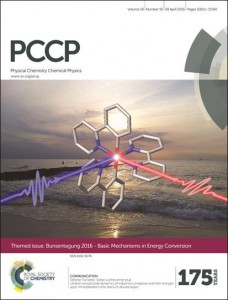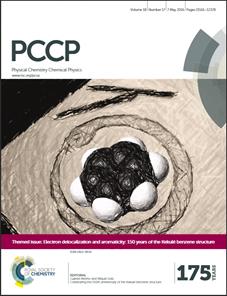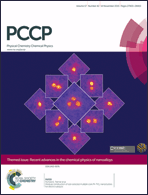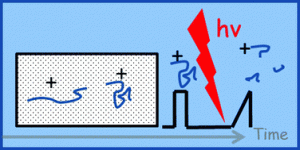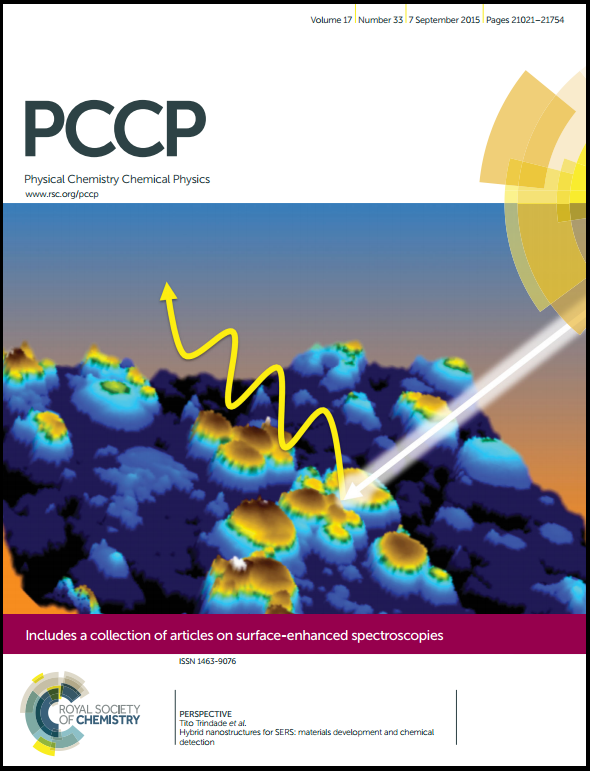We are delighted to announce that the Physical Chemistry Chemical Physics (PCCP) themed collection Prebiotic chemistry and the molecular origins of life is now online and free to access until the end of September 2016.
Guest Edited by Professor Irene A. Chen and Professor Mattanjah S. de Vries, this collection of articles showcases cutting edge research and Perspectives on the physical chemistry involved in the origins of life.
Read the full collection online
It includes:
 Editorial
Editorial
From underwear to non-equilibrium thermodynamics: physical chemistry informs the origin of life
Irene A. Chen and Mattanjah S. de Vries
Phys. Chem. Chem. Phys., 2016, 18, 20005-20006 DOI: 10.1039/C6CP90169G
Perspective
A ‘bottom up’, ab initio computational approach to understanding fundamental photophysical processes in nitrogen containing heterocycles, DNA bases and base pairs
Barbara Marchetti, Tolga N. V. Karsili, Michael N. R. Ashfold and Wolfgang Domcke
Phys. Chem. Chem. Phys., 2016, 18, 20007-20027, DOI: 10.1039/C6CP00165C
Communication
Photochemical etiology of promising ancestors of the RNA nucleobases
M. M. Brister, M. Pollum and C. E. Crespo-Hernández
Phys. Chem. Chem. Phys., 2016, 18, 20097-20103, DOI: 10.1039/C6CP00639F
Paper
Possible interstellar formation of glycine through a concerted mechanism: a computational study on the reaction of CH2=NH, CO2 and H2
Zanele P. Nhlabatsi, Priya Bhasi and Sanyasi Sitha
Phys. Chem. Chem. Phys., 2016, 18, 20109-20117, DOI: 10.1039/C5CP07124K












